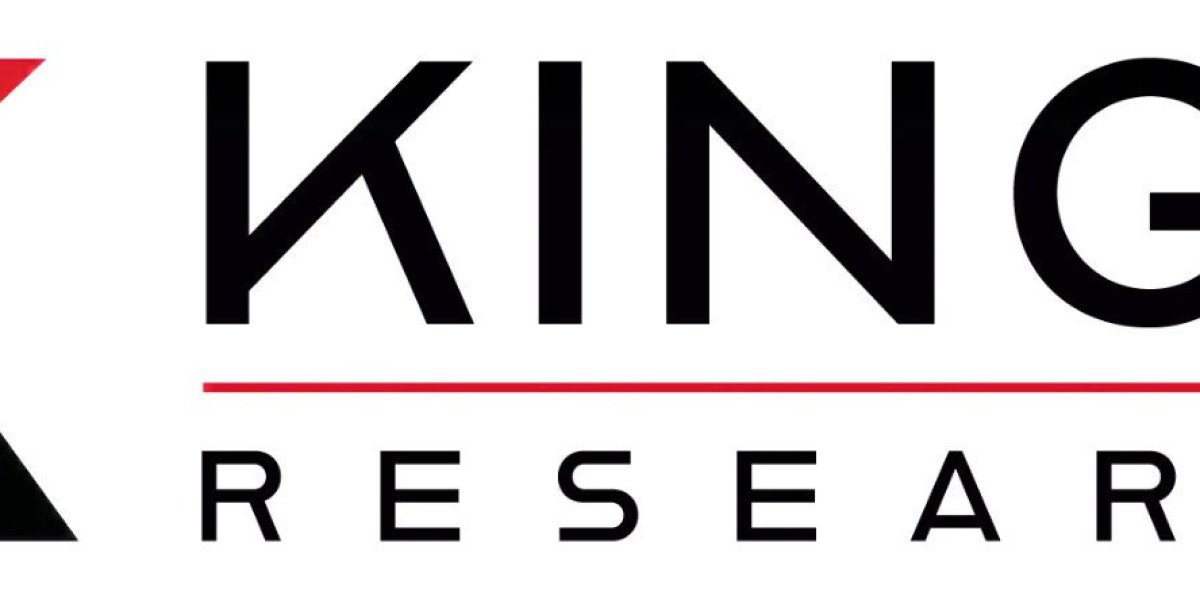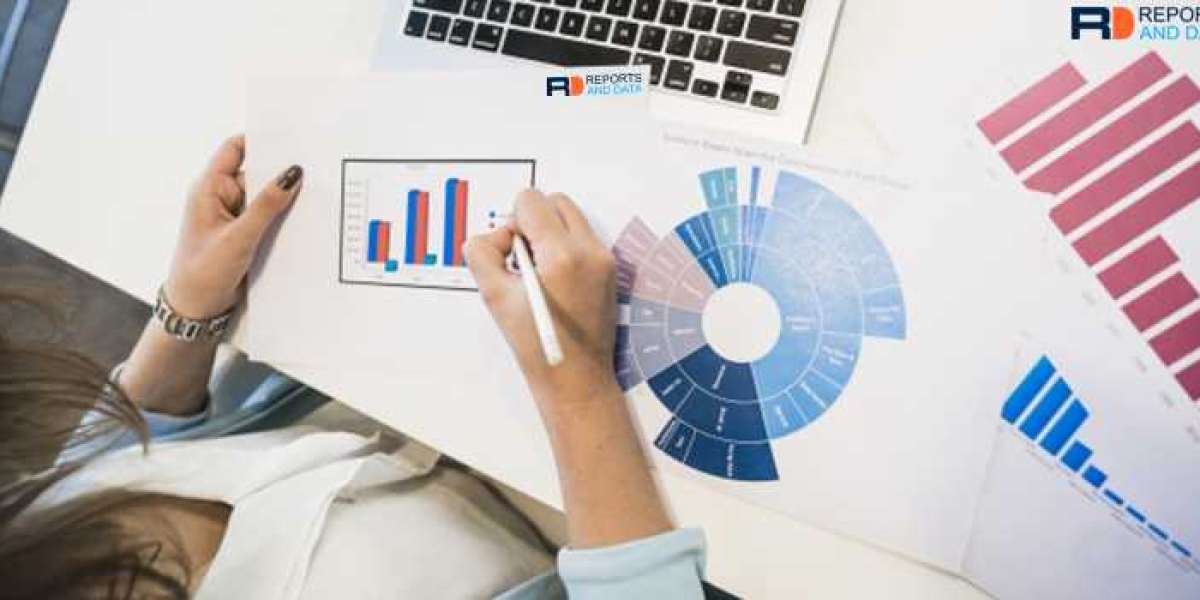The global pharmacovigilance market is poised for significant growth, projected to expand from USD 8.81 billion in 2023 to an impressive USD 27.77 billion by 2031, reflecting a robust compound annual growth rate (CAGR) of 15.41% from 2024 to 2031, according to Kings Research.
Key Market Drivers
Technological Advancements: The integration of cutting-edge technologies such as artificial intelligence (AI) and big data analytics is revolutionizing pharmacovigilance. AI algorithms can efficiently analyze vast datasets from sources like electronic health records, social media, and medical literature to identify adverse events and safety signals. Additionally, natural language processing (NLP) enhances adverse event report extraction and categorization speed and accuracy. These technological innovations streamline pharmacovigilance workflows, improving the timeliness and accuracy of safety assessments and thereby enhancing patient safety and regulatory compliance.
Outsourcing Trends: Pharmaceutical companies increasingly outsource pharmacovigilance activities to specialized contract research organizations (CROs). This strategic move helps manage workload complexities, access specialized expertise, and optimize cost efficiency. By outsourcing tasks such as adverse event reporting, signal detection, case processing, and risk management, companies can focus on core drug development activities while ensuring compliance with stringent pharmacovigilance regulations. Outsourcing also offers scalability, access to global talent pools, and adoption of best practices in safety surveillance and reporting, driving market growth.
Real-World Evidence Integration: The integration of pharmacovigilance with real-world evidence (RWE) generation presents significant growth opportunities. RWE includes data from electronic health records, claims data, patient registries, and wearable devices, providing comprehensive insights into drug safety profiles, effectiveness in real-world settings, and long-term outcomes. This integration allows for proactive identification of safety signals, assessment of risk-benefit profiles, and evidence-based regulatory submissions, thereby enhancing post-market surveillance and safety monitoring.
Market Segmentation Insights
Clinical Trial Phases: In 2023, the phase 4 segment dominated the market, accounting for 64.17% of the share. Phase 4 trials, or post-marketing surveillance, are crucial for monitoring the long-term safety and effectiveness of drugs after they reach the market.
Service Providers: The in-house segment is expected to register a significant CAGR of 16.33% from 2024 to 2031. In-house pharmacovigilance teams within pharmaceutical companies are essential for maintaining control over drug safety monitoring processes and ensuring compliance with regulatory requirements.
End-Use: The pharmaceutical and biotechnology industry segment garnered the highest revenue, reaching USD 5.88 billion in 2023. This sector's extensive drug development pipelines and rigorous safety monitoring requirements drive the demand for robust pharmacovigilance systems.
Regional Outlook
Asia-Pacific: This region is anticipated to record a staggering CAGR of 16.23% over the forecast period. The expanding pharmaceutical and biotechnology industries, rising awareness of drug safety, increasing healthcare expenditures, and advancements in digital health technologies contribute to the dynamic pharmacovigilance landscape in countries like China, India, Japan, and South Korea. The region's growth is further fueled by investments, partnerships, and technological innovations.
Strategic Collaborations and Market Dynamics
Collaborations and Acquisitions: Market leaders such as IQVIA Inc., LabCorp, ICON plc, Cognizant Technology Solutions Corporation, and others are focusing on strategic measures like acquisitions, mergers, partnerships, and product introductions to enhance their competitive position and expand their global footprint. For instance, ValGenesis partnered with MEPharma to enhance pharmacovigilance services in the Middle East and North Africa (MENA) region, showcasing a strategic collaboration aimed at bolstering drug safety monitoring and regulatory compliance.
Conclusion
The pharmacovigilance market is undergoing a transformative phase driven by technological advancements, strategic outsourcing, and the integration of real-world evidence. As pharmaceutical companies and regulatory bodies prioritize patient safety and drug efficacy, the demand for sophisticated pharmacovigilance solutions is set to rise. With significant growth opportunities in regions like Asia-Pacific and continuous innovations in AI and big data analytics, the pharmacovigilance market is well-positioned for robust expansion in the coming years.








